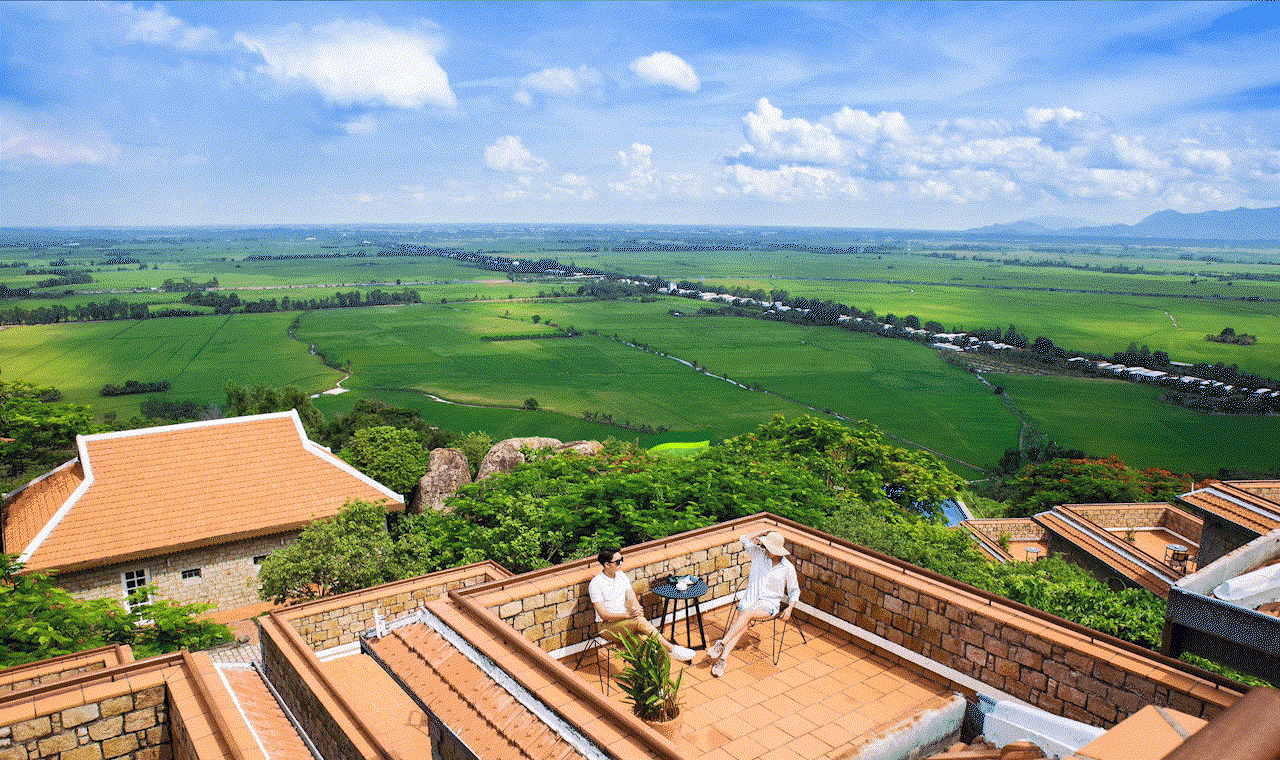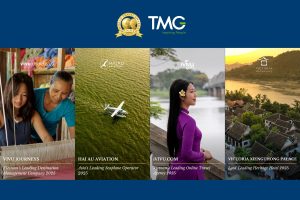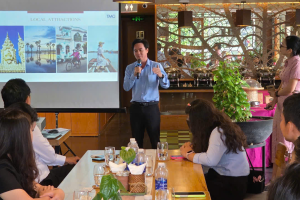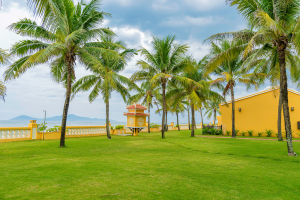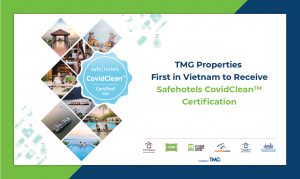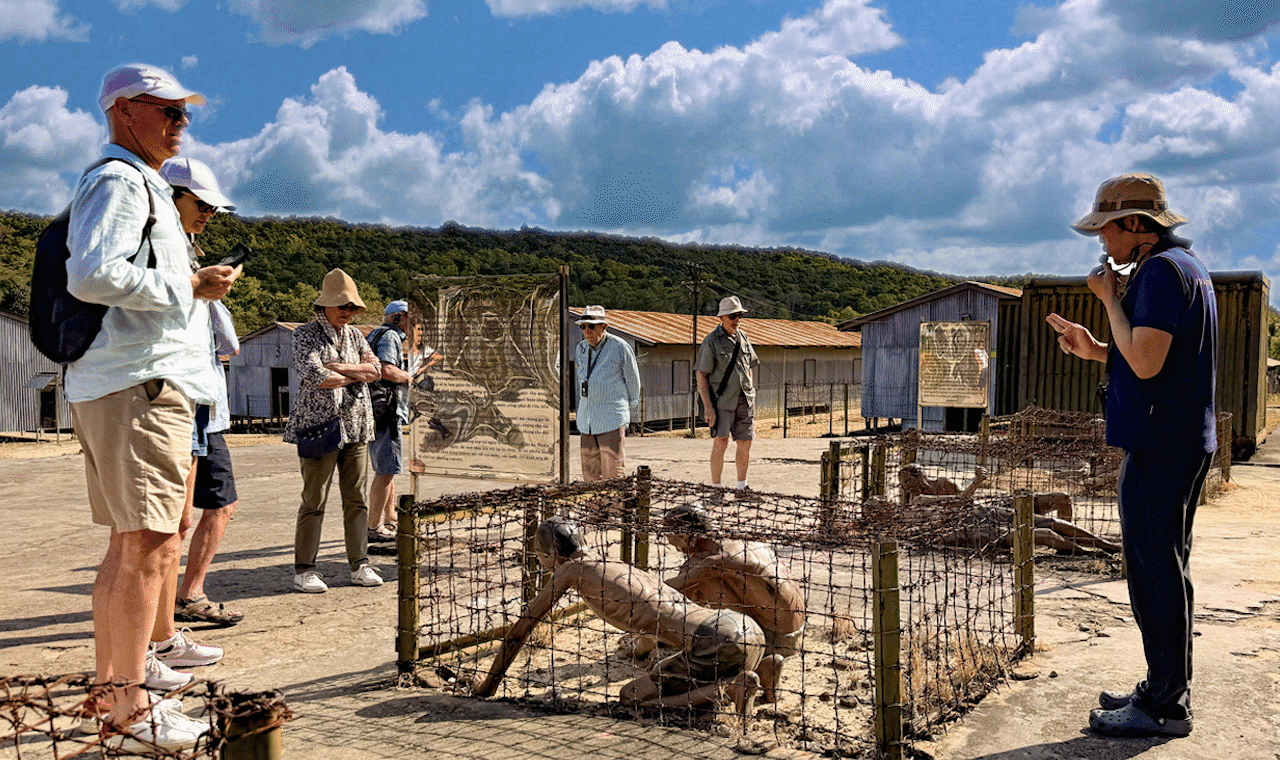The Chinese market has taken an important part in boosting Vietnam’s tourism growth. It has always been Vietnam’s main source of tourists in recent years; however, most of them are among whose expenditure remains low in the S-shaped country. “Vietnam still has potential to make money from another high-end Chinese who spend a lot and travel frequently”, said Tran Trong Kien – Chairman of Thien Minh Group & Chairman of the Tourism Advisory Board.

What is your point of view on the policy for the tourism industry – a spreadhead economic sector of Vietnam?
We still face a number of issues. Firstly, Vietnam’s openness to the high-end markets is limited. The index ranking of more than 100 reflected the reality of Vietnam’s visa policy is the lowest among the country of Southeast Asia. Secondly, the issue of traffic safety and environment sustainably hasn’t been improved yet. Thirdly, our plan and organization capacity has been taken into ineffectiveness by investing too much in a few areas while neglecting other potential ones. Fourthly, the lack of airport infrastructure is seriously highlighted. The fact that the visitors’ experiences have been negatively affected by degrading airports. The last one is the promotion activities to the potential markets in the world still need more efforts.
International media seem to be more interested in Vietnam lately. The Nikkei has recommended Da Nang to be greater than Thailand and Indonesia; however, the fact that the number of travelers to our country is modest compared to these places, even a part of them just arrive once and spend less. How do you think about this?
That’s not really true. Thailand started doing tourism 30 years earlier than Vietnam and it took them about 20 years to reach the threshold of current Vietnam. Our tourism industry still had a spectacular growth though beginning 30 years later than Thailand’s.
Vietnam is one of the 10 fastest-growing countries in the world in terms of international and domestic tourists. The number of 18 million international visitors and 85 million domestic visitors this year has exceeded the target of 2020.
We have achieved good results; however, we are still facing the unsustainable challenges such as balancing the source of customers, payment capacity or high dependence on China and South Korea which own some risks on geopolitics or trend…as well as dependence on the investments of Samsung Group.
Is a magnificent wedding party by an Indian billionaire couple in Vietnam seen as a positive change for the country’s tourism?
I personally think a lot of good brands in Vietnam can absolutely help to introduce the country’s images to the world. Thailand has welcomed million Indian visitors whereas we only had a few tens of thousands to the country. Vietnam is still new but also a high potential market for them.
However, we first need to address ourselves to the issues as mentioned initially including flight routes, visa policies, and tourism products to make sure those meet the demand of high-end visitors.
Moreover, we have learned a big lesson with the Chinese market is that focusing on the low-spending Chinese customer segment has turned Vietnam into a cheap destination. That’s really a valuable experience that would have a great impact on the plans we will make for the Indian market.
What do you personally think of Chinese guests?
This year, Vietnam has welcomed 18 million visitors with half of them are Chinese and Korean. China obviously has taken an important part in boosting the growth of Vietnam tourism. However, unfortunately, most of them are among whose expenditure remains low. In addition, the images of Vietnam’s tourism have also been ruined by their Zero VND tours.
In fact, excluding those to Vietnam are in the low spending segment, the nature of Chinese tourists are spending high and traveling frequently. It’s thus essential for us to adjust to get more sustainability in this market
So how to get quality improved?
Vietnam needs to focus on investing in the long term and sustainable markets. It’s not easy to get a million visitors from Europe because they are used to returning to their favorite traditional destinations. More specifically, only when the fluctuation like security incidents in Egypt or Srilanka happen, do the travelers start turning to the new locations.
Supposing Vietnam becomes one of the favorite travel destinations for a million of Australian, German or British visitors, our tourism will be reaching Thailand’s current threshold. Thai people know well how to make a balance between the different customer segments. They understand that not every product is for every market and no priority is given to a certain one.
In order to get a sustainable tourism industry, we should not ignore the current markets but also begin with another higher segments as I mentioned above.
Tourism product plays an important role in determining a tourist’s choice. What would the high-end visitors prefer?
According to the recent analysis of Boston Consulting Group, developing experiential tourism, sports tourism, and characteristic experiential tourism products which they find attractive is put on the top essential.
Secondly, we need to organize the small activities that exclusive and “refined”. Son Doong, a typical example, annually welcomes a thousand of guests. What will we increase while this number of visitors is fixed? That’s a price increase. Supposing we had 10 that caves, there would be 10,000 visitors who spend around a few thousands to tens of thousands of dollars. That would be really a different story in which people work less but more effectively.
Both quantity and quality need to focus equally but the fact that quality has been neglected.
In order to get it improved, we must ensure the better capacity of airports, create more luxury tourism products and experiential tourism activities as well as encourage the big international investors to invest in potential destinations.
From now until the end of the year, we also need to work more on both online and offline promotion activities including World Travel Market and summer roadshows to the high-end markets.
Last but not least, I can’t deny the necessity of opening the representative office of Vietnam tourism in Europe and Australia.
So, Vietnam tourism will certainly grow further and further!
Thank you so much for sharing!


